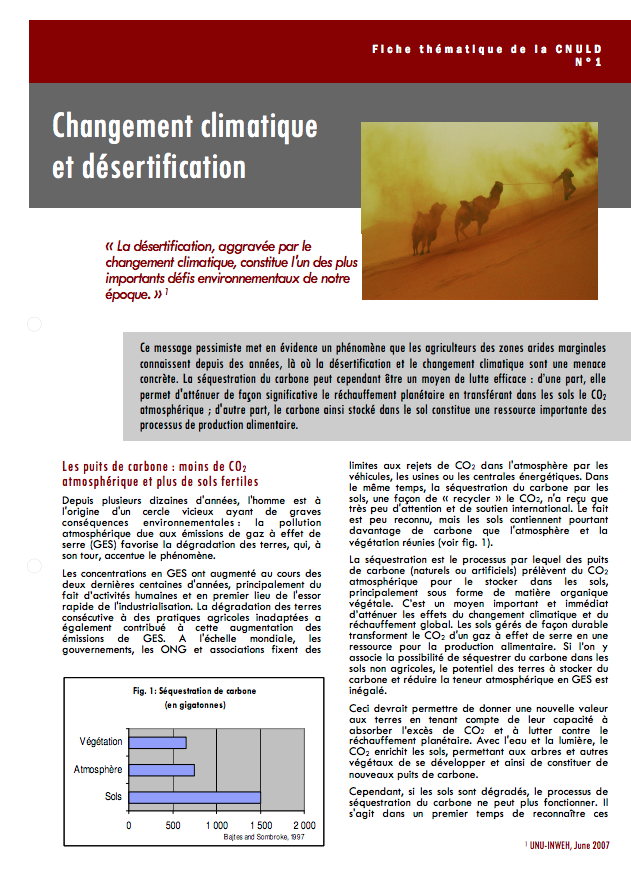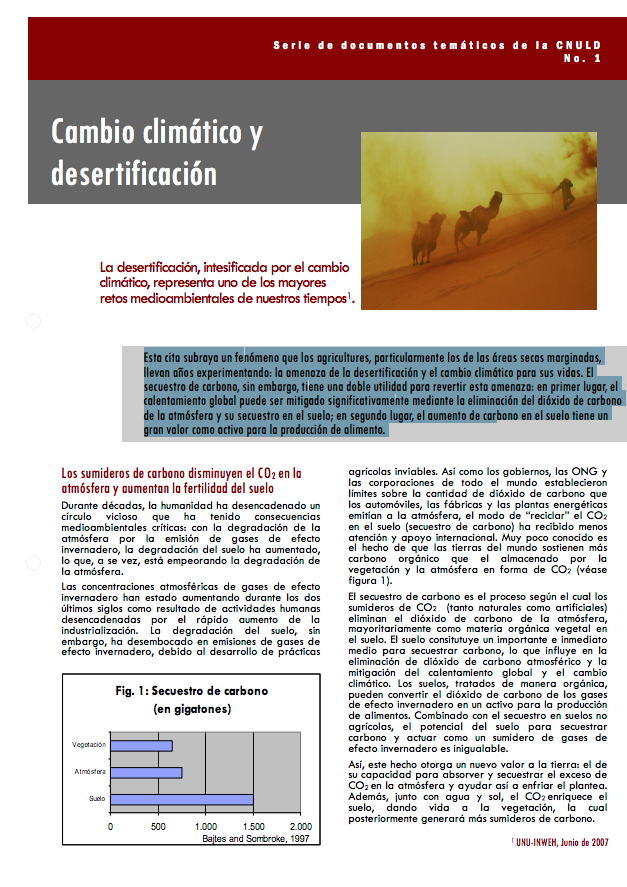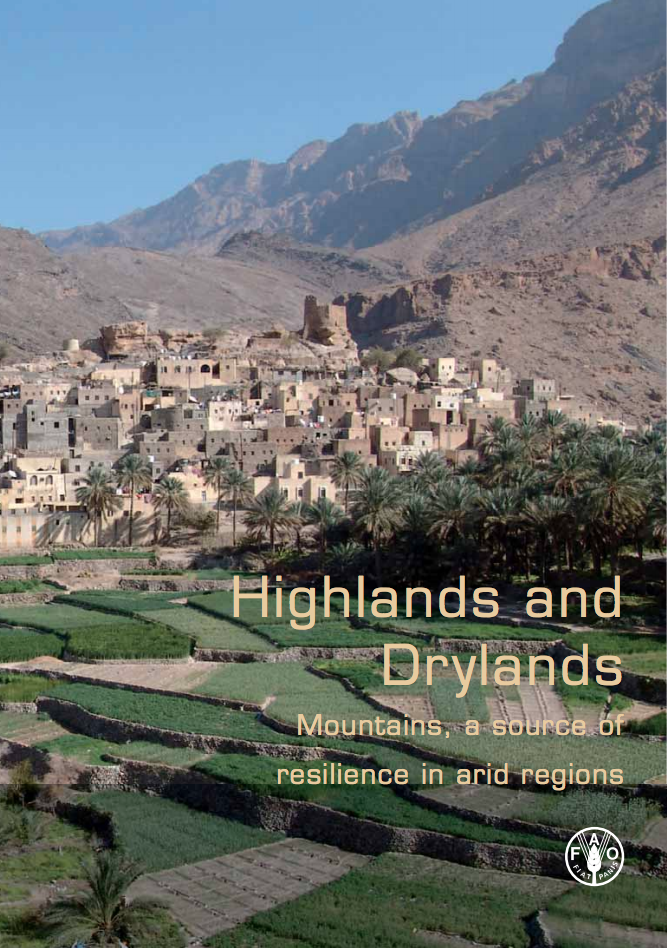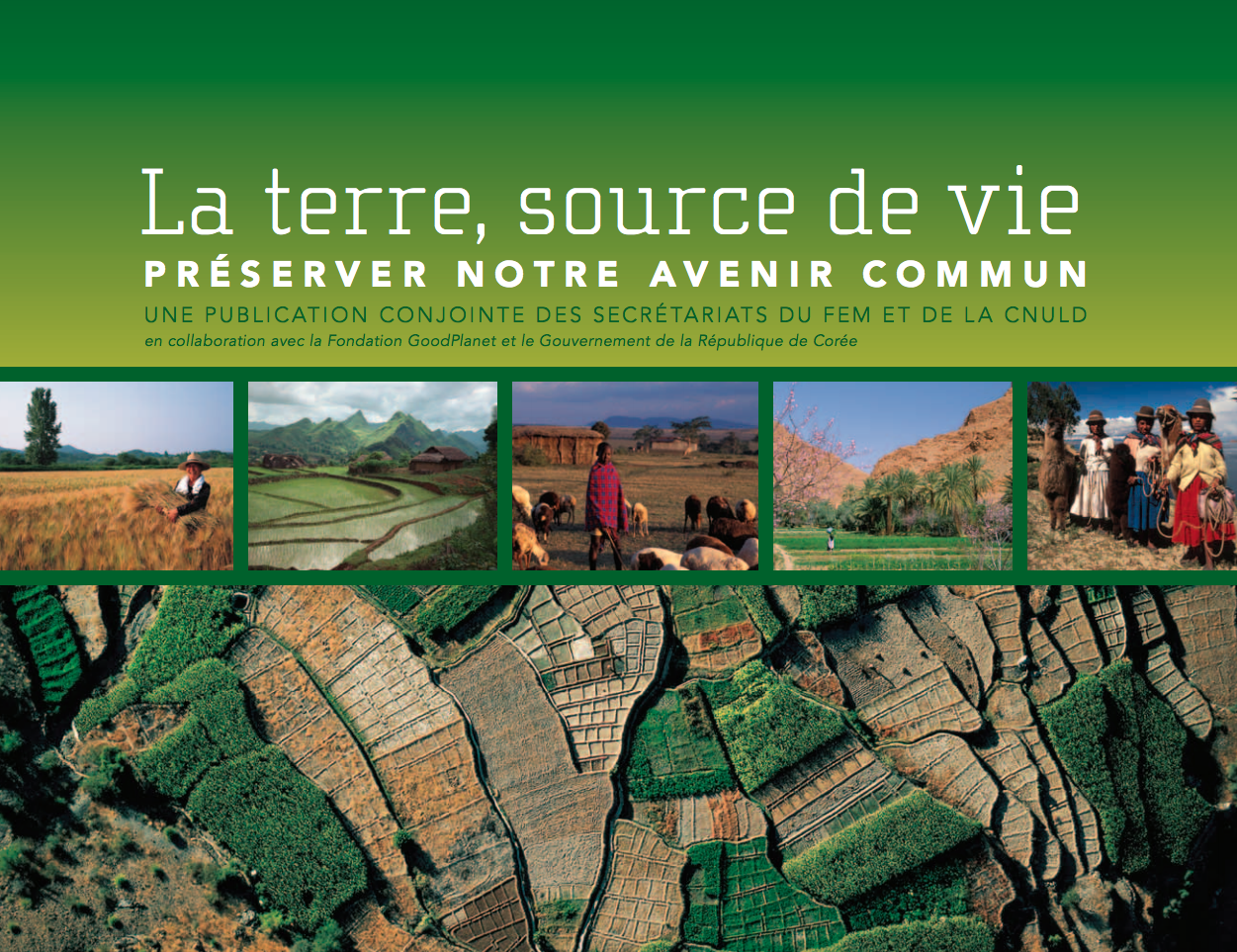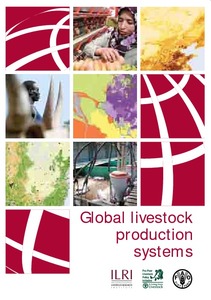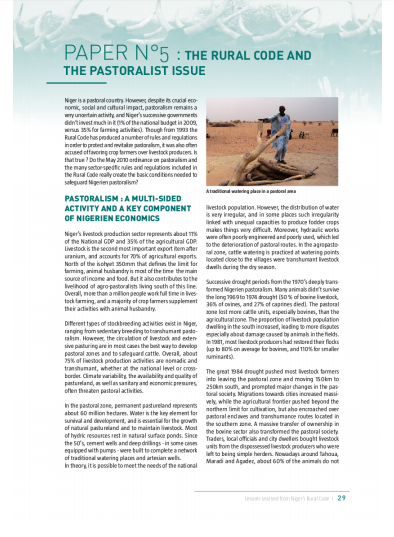Changement climatique et désertification
Ce message pessimiste met en évidence un phénomène que les agriculteurs des zones arides marginales connaissent depuis des années, là où la désertification et le changement climatique sont une menace concrète. La séquestration du carbone peut cependant être un moyen de lutte efficace : d’une part, elle permet d'atténuer de façon significative le réchauffement planétaire en transférant dans les sols le CO2 atmosphérique ; d'autre part, le carbone ainsi stocké dans le sol constitue une ressource importante des processus de production alimentaire.

